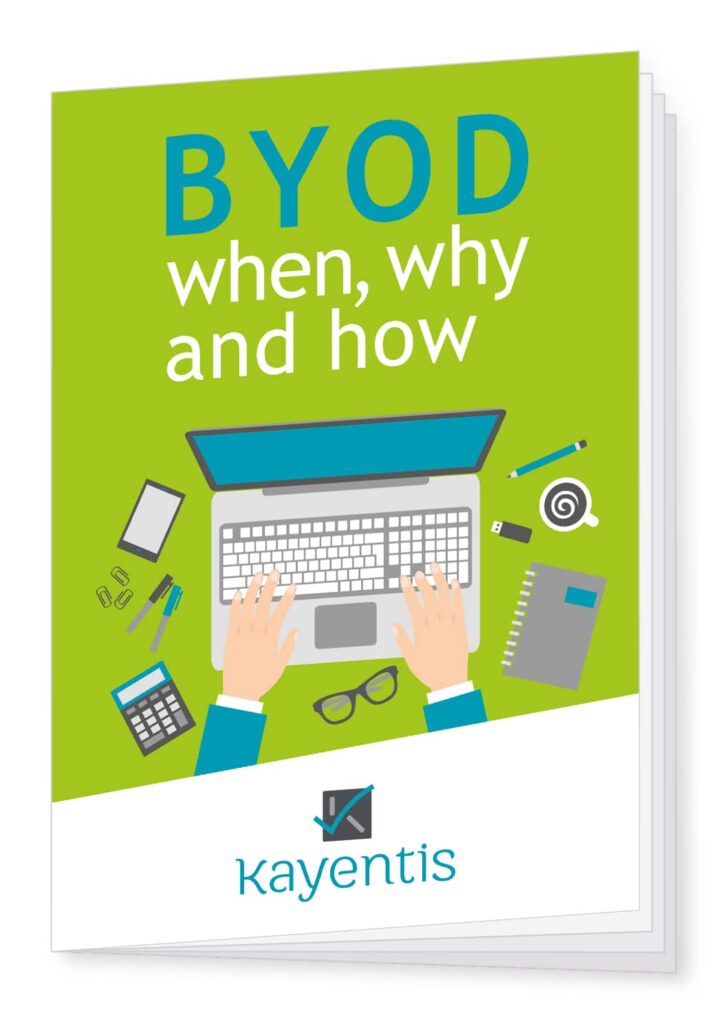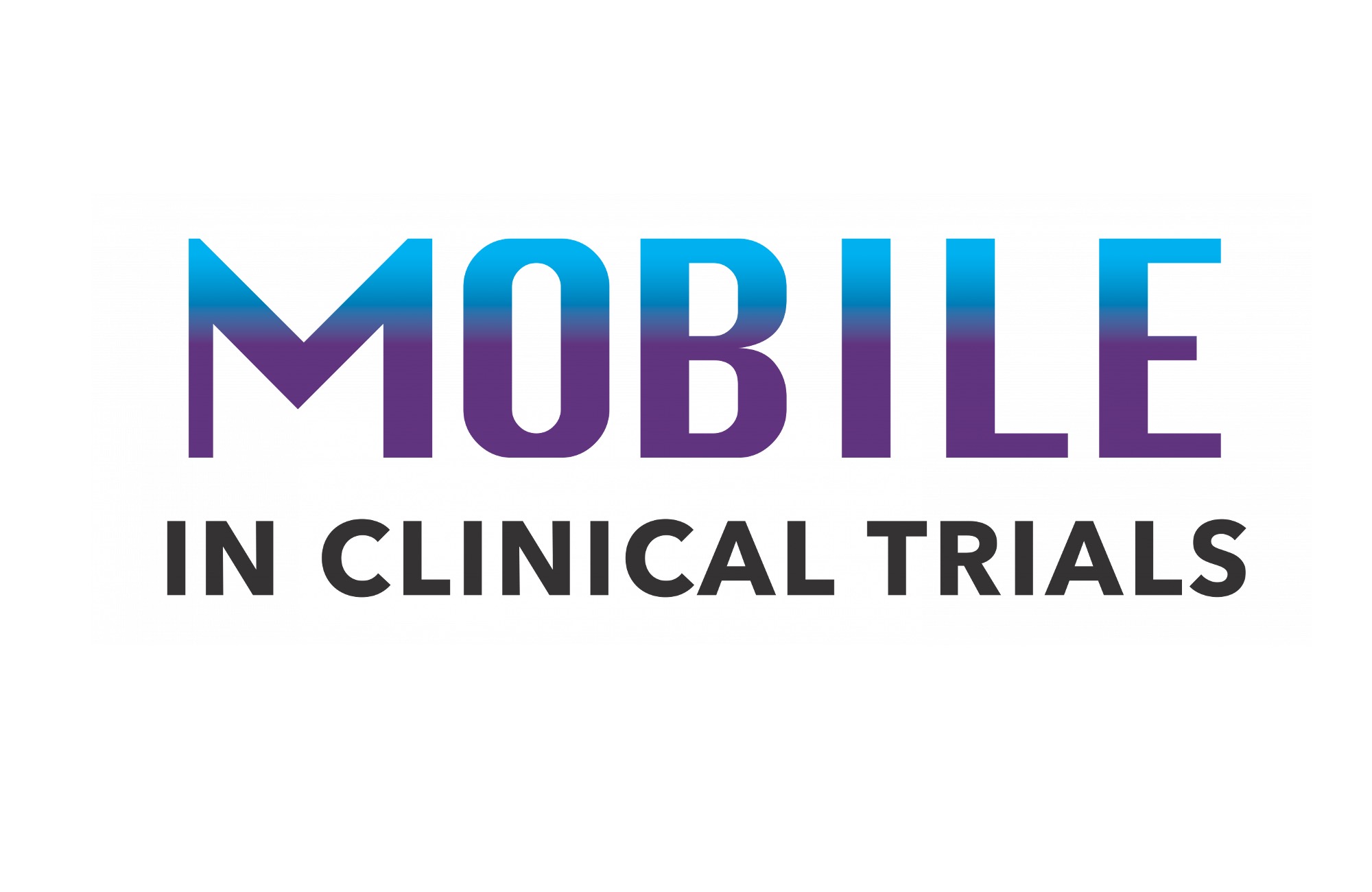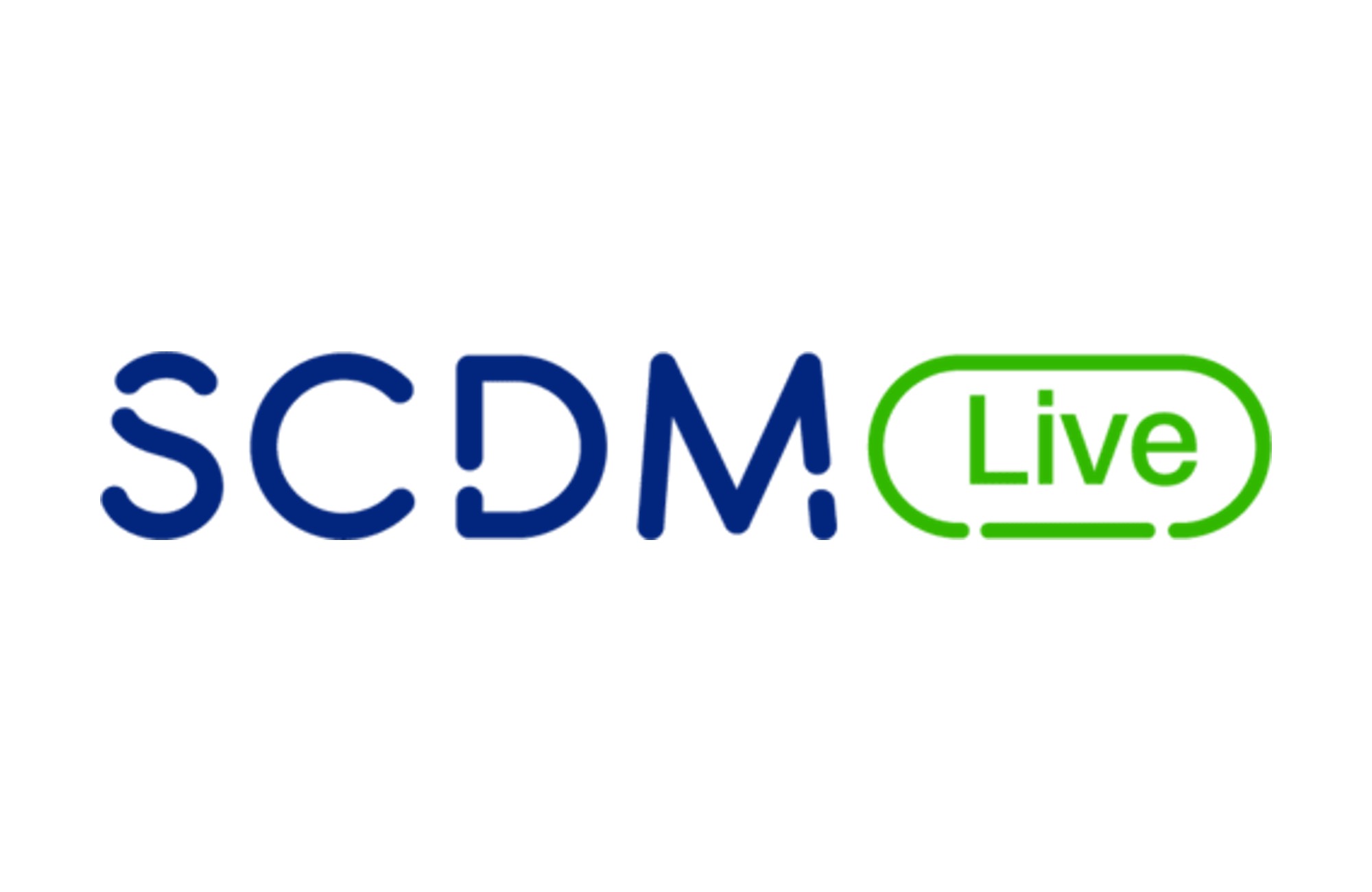What are the main characteristics that make BYOD a strong feature for decentralized trials? What are the key factors to be considered when developing a successful BYOD strategy?
COVID-19 acted as a catalyst to clinical trials digitalization. The Bring Your Own Device (BYOD) approach has emerged amongst many alternative ways to collect patients’ data electronically during clinical trials.
This white paper gathers substantial information on BYOD, describing the several technical options and showing the numerous advantages of such approach for both patients and clinical trials sponsors. Despite the benefits of BYOD techniques, few clinical studies seem to have adopted it, testifying of the current complexity that BYOD implementation encompasses. Technical limits, lack of clear regulatory statements towards acceptance of BYOD data and data privacy risks are examples of the numerous factors at the root of BYOD complexity that this article also proposes to review. It is by increasing their knowledge of both the value and the limits of BYOD that clinical trials’ stakeholders will develop successful BYOD strategies that contribute to clinical trials digitalization.
Download the white paper 👇













